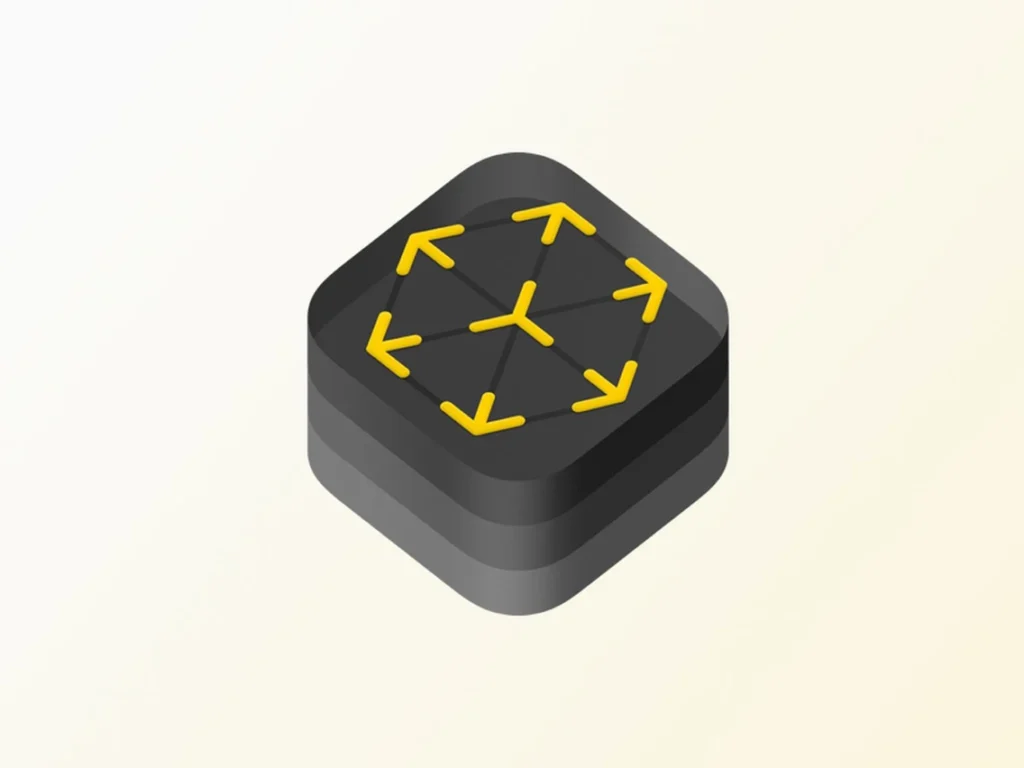By now, everyone is familiar with the term Augmented Reality; it is a buzzing technology that allows a developer to overlap virtual objects over a real environment. AR Kit also provides the user to interact with these digital objects and set up an atmosphere of its own. This technology was not conceivable by many due to its substantial price requirements. But considering the developments and breakthroughs in this technology, it is now accessible to ordinary people through wide-ranging platforms. ARKit is one such platform which enabled numerous people to develop Augmented Reality Applications on iOS devices.

ARKit was released in June 2017 and gained instant momentum to achieve great things in this domain. ARKit is a software development kit introduced by Apple, which enables the world’s developers to subsume Augmented Reality in the applications they are creating. ARKit controls many of the problematic task correlated to Augmented Reality, like detecting the environment, placing virtual objects, and so on. ARKit has three layers that work simultaneously to provide a flawless experience. The three layers are:
Tracking
Tracking is a crucial function in ARKit. ARKit utilizes the Visual Inertial Odometry (VIO) to track the device’s movements, orientation, and location in a particular environment. Tracking is done with a high degree of accuracy, terminating the need for additional standardization. The camera is used to track the differences between the changes in position when the device’s angle is changed. Integrating all the information and the CoreMotion data, ARKit successfully tracks the motion and the viewing angle of the device.
Scene Understanding
ARKit analyzes the real environment and collects CoreData related to it; later, it places the virtual objects based on the integration of the data that is obtained by it. This feature enables the device to locate occlusions like a table, wall, floor, etc. ARKit also keeps tracks of these objects when it is out of the scene temporarily. The lighting in the environment is also tracked using camera sensors; it understands the lighting in that particular environment and accordingly provides light effects to the virtual objects that are being placed. This process enhances the illusion and further adds a finesse touch to the experience.
Rendering
ARKit utilizes certain technologies to process the 2D and 3D images required to be rendered onto the scene or the environment. Metal, SceneKit, and third-party tools like Unreal and Unity are used.
ARKit is currently on its fourth iteration and is referred to as ARKit 4 by Apple, released on 22 June 2020. ARKit encompasses all the above functions to make it more efficient and provide developers enough resources to develop futuristic applications correlated to Augmented Reality. ARKit 4 introduces Depth API using LiDAR Scanner on iPhone 12 Pro, iPhone 12 Pro Max, and iPad Pro. It also possesses Location Anchoring and advanced face tracking functions. Some of the unique features of ARKit 4 are:
1. Depth API: LiDAR scanner helps in an advanced understanding of the surroundings as it allows this API to use per-pixel depth information about the adjoining environment. Combining the information obtained from the 3D mesh data and the LiDAR scanner ARKit 4 can flawlessly place the background’s virtual objects. The placing of virtual items is done effortlessly and swiftly due to the amalgamation of these critical data.
2. Location Anchoring: Another fun feature incorporated in ARKit 4 is Location Anchoring, where we can place AR experiences at specified Latitudes and Longitudes, which points to specific landmarks throughout some cities. Users can move around these virtual objects and view it from their perspective.
3. People Occlusion: Virtual objects placed at certain scenes realistically passes behind and in front of people providing a more immersive effect for the users. iPhone 12 Pro, iPhone 12 Pro Max, and iPad Pro have an improved depth estimation in all the built apps using ARKit 4.

4. Collaborative Sessions: Collaborative sessions enable people worldwide to have shared experiences by building a collaborative world map. This feature increases the developers’ momentum to develop AR experiences for users to exploit shared experiences in multiplayer games.
5. Front and Back Camera Tracking: Users can simultaneously use face and world tracking on the front and back cameras, opening doors for new opportunities. Users can interact with the contents in the back camera by their facial movements.
6. Multiple Face Tracking: ARKit tracks up to three faces at a time using Apple Neural Engine and front-facing camera to power delightful AR experiences like Snapchat and Memoji.
ARKit 4 can detect up to 100 images and the features mentioned above and provide an automatic estimation of physical objects’ size on the scene. With the involvement of machine learning, ARKit 4 is now able to detect objects and planes seamlessly. ARKit is compatible with devices running on iOS 11 and higher. ARKit 4 runs on iOS 11, but some features are restricted to devices having A12 bionic chips or higher. ARKit 4 and LiDAR will take Apple to greater heights in developing “Apple Glass.”































